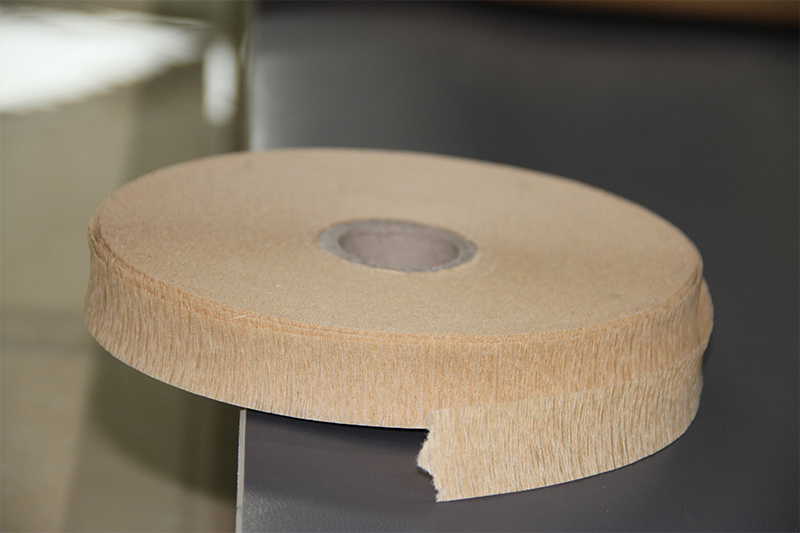As a fundamental material in the power electronics industry, insulation paper is widely used in the manufacturing of core equipment such as transformers, capacitors, and motors. In recent years, with the rapid growth of the power electronics sector, the market demand for insulation paper has continued to rise. However, growing competition has intensified price wars among manufacturers, putting significant pressure on overall industry profit margins.
The price fluctuations of base materials—such as wood pulp, synthetic fibers, and mica—directly affect the production cost baseline for insulation paper manufacturers. For example, rising international oil prices can significantly increase the cost of sourcing synthetic fiber-based raw materials.
The use of special functional additives, such as high-temperature resistant resins and eco-friendly flame retardants, also contributes to higher unit production costs.

High-performance insulation paper, such as those with enhanced heat resistance or high dielectric strength, requires more complex manufacturing processes—like precision impregnation and multilayer coating. These advanced techniques extend production cycles and increase costs.
Additionally, the degree of production automation, energy efficiency, and process stability within a company can significantly impact product pricing.
When market demand experiences explosive growth—such as in the rapidly expanding new energy sector—supply shortages can drive up prices. Conversely, excess production capacity often intensifies price competition among insulation paper manufacturers.
For raw materials with high import dependency, such as high-grade mica, prices are susceptible to external influences like international trade policies and exchange rate fluctuations. This introduces cost uncertainty for insulation paper companies relying on these materials.
Products that comply with international certifications (e.g., UL certification, IEC standards) or meet specific performance requirements (e.g., halogen-free, environmentally friendly, or resistant to extreme environments) generally cost more due to high R&D investment and strict quality control.
Customized customer requirements—such as specific thicknesses, dimensions, or performance parameters—also raise production flexibility costs, ultimately increasing the product’s final price.
The distance of raw material and finished product transport, as well as the chosen logistics methods, directly affect the proportion of logistics costs in overall expenses.
Certain specialized types of insulation paper require moisture-proof or temperature-controlled storage conditions, and the investment in such dedicated warehousing facilities adds to operational costs.

Insulating paper enterprises need to precisely meet the demands of different market segments, develop and produce insulating paper products with differentiated specifications and gradient performance, and enhance market competitiveness by increasing the added value of products.
Companies can reduce energy consumption and labor costs per unit by innovating processes, adopting intelligent production equipment, establishing standardized operating procedures, and enhancing employee training.
By implementing a comprehensive quality management system—covering every stage from raw material inspection to final product delivery—companies can ensure consistent and reliable product quality. This, in turn, helps improve customer satisfaction and secure long-term partnerships.
Expanding into emerging domestic and international markets and building an integrated online-offline sales network enables companies to broaden their market reach. Greater sales volume can help dilute fixed costs through economies of scale.
As the power electronics industry continues to evolve, demand for insulation paper is expected to remain resilient. With ongoing technological advancements and industrial upgrades, insulation paper products will continue to improve in performance and quality—offering companies greater profit potential. However, manufacturers must closely monitor market dynamics and technological trends, adjust their production and business strategies accordingly, and remain agile in the face of market fluctuations and competitive pressures to achieve sustainable growth.
If you need our products please write down any questions, we will reply as soon as possible.
There are three ISO certificates for quality certification. The certificates will be shown later. ISO
After receiving the advance payment, the production cycle is 15-25 days. And the transportation cycle should be calcul……
We supply with installation guide and user manual for each transformer. If you do not understand them. We will offer v……